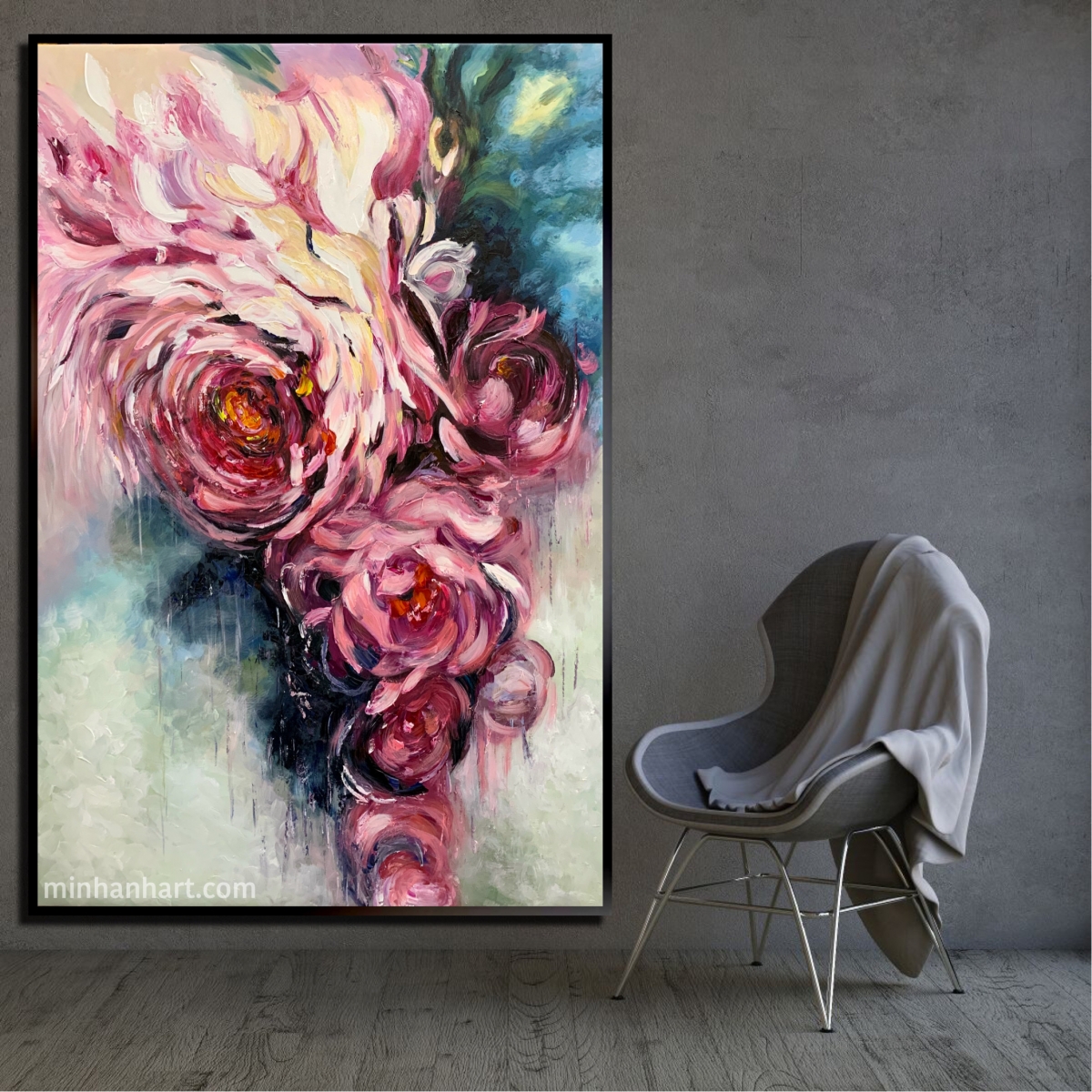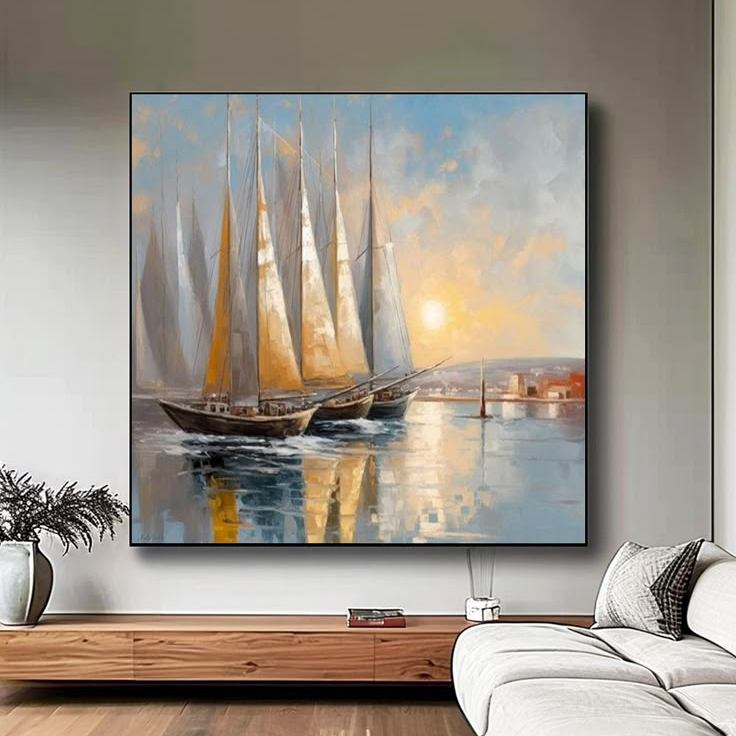Let’s be honest—when most people think about art collecting, activism isn’t the first thing that comes to mind. But what if I told you that every piece you hang, every artist you champion, every exhibition you attend, could actually make a difference?

In the age of social consciousness, art isn’t just decoration anymore. It’s a declaration. A collection can be as much a statement of values as it is a display of aesthetics. Let’s explore how collecting art can serve as a powerful form of activism.
Throughout history, artists have wielded brushes like swords, battling inequality, injustice, and oppression. Think Diego Rivera’s political murals or Banksy’s graffiti that critiques capitalism. Art has always spoken out—and now, collectors are echoing that voice.
Sometimes, a painting can shake a viewer more than a headline. Whether it’s a portrait of resilience or an abstract commentary on environmental collapse, activist art whispers (or shouts) truths we can’t ignore.
Being a collector isn’t just about owning beautiful things—it’s about curating a message. When you choose to support artists who challenge societal norms, your art collection gallery becomes a stage for radical ideas.

Art by women, BIPOC, LGBTQ+ creators? Historically under-collected. But you can change that. Purpose-driven collectors invest in these creators and amplify their voices through their walls.
Behind every brushstroke is a lived experience. By including these works in your modern art collection, you're telling the world these stories matter—and that’s activism at its most personal.
From civil rights posters to anti-war illustrations, protest art encapsulates moments of resistance. Owning and preserving these pieces ensures the memory—and message—lives on.
Art is currency. When you put your money behind emerging, underrepresented voices, you're not just buying art—you’re building equity in their future.
Some curated art collections are thematic—focusing on climate change, racial justice, or gender equity. These collections don’t just reflect change; they drive it.
Activist collectors often establish private art galleries not just for profit or prestige, but as platforms for public awareness.
Look at The Broad, The Rubell Museum, or Minh Anh Art Gallery—many famous art collections showcase works that challenge convention and provoke dialogue.
A contemporary art gallery today isn’t just a white cube—it’s a battleground of ideas. And when you walk through one, you’re not just admiring art—you’re participating in the movement.
The ability to explore or build your art collection online means that activist collectors aren’t limited by geography or gallery openings. Anyone, anywhere, can support change.
Even virtual collection pages are acts of curation. They send a message, reflect a worldview, and invite others to engage.
Art gallery exhibitions can confront viewers with uncomfortable truths and inspire action. Whether it's climate, identity, or migration—art shows can be protests in disguise.
Representation isn’t just about what’s on the wall. It’s about who decides what gets there. Inclusive curatorship is a foundational part of activist art spaces.
Start small. Choose artists whose messages resonate with your values. Your first piece might be a quiet print, but its message can be thunderous.
Research the artist's mission. Are they involved in social movements? Do they donate proceeds to causes? Buying from them fuels the engine of change.
A art gallery collection tour is more than just a stroll through pretty paintings. It’s a chance to connect with the art, the issues it represents, and the communities behind it.

You don’t have to march in the streets to make a statement. Your walls can speak. Your choices can ripple. Your fine art collection can be more than visual delight—it can be a revolution in disguise.
So next time you browse an art collection gallery, pause and ask: What do I want my collection to say?
Because the most powerful collections don’t just hang—they speak, disrupt, and inspire.
1. Can I really make a difference through collecting art?
Absolutely. Every purchase supports an artist and spreads a message. You're funding voices and visibility.
2. What is activist art, exactly?
It’s art that challenges norms, raises awareness, or inspires action around social, political, or environmental issues.
3. How can I find activist or ethical artists to support?
Look into independent art fairs, online platforms, or galleries like Minh Anh Art Gallery that support emerging activist artists.
4. Is digital art a legitimate form of activism?
Yes! In fact, digital platforms can amplify voices even more widely and help democratize access to activist works.
5. Are there tours or exhibitions focused specifically on activist collections?
Yes. Many art gallery collection tours and exhibitions today center on activism and socially conscious themes.
Brought to you by Minh Anh Art Gallery, where art meets purpose. Visit us at 101 Bui Vien St, District 1, HCMC or browse online: https://minhanhart.vn/.